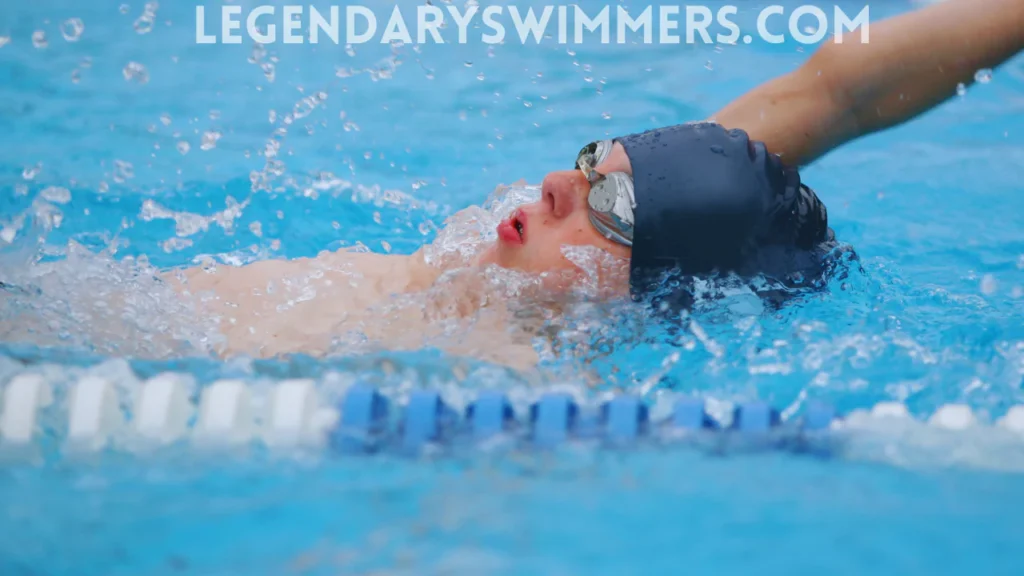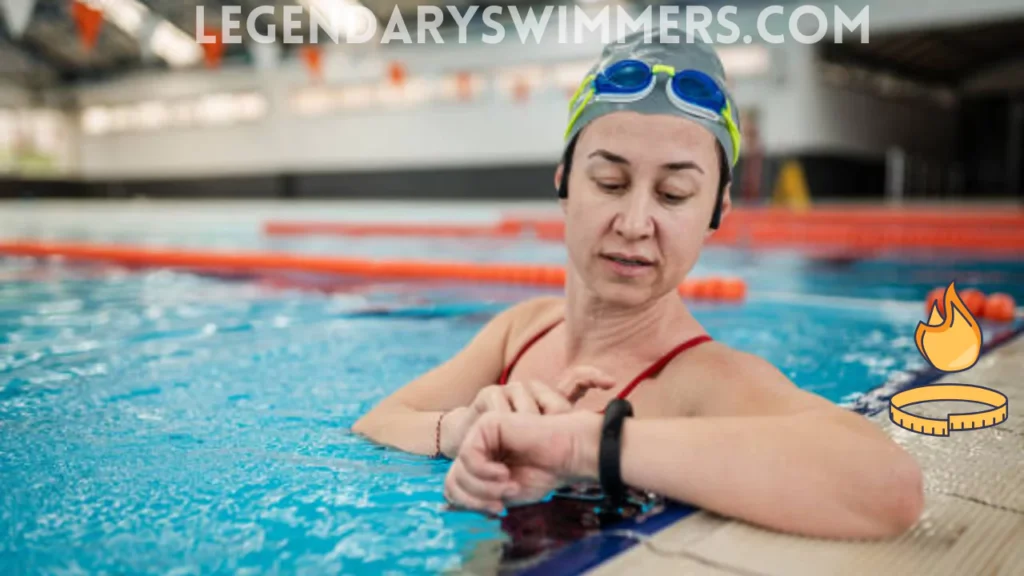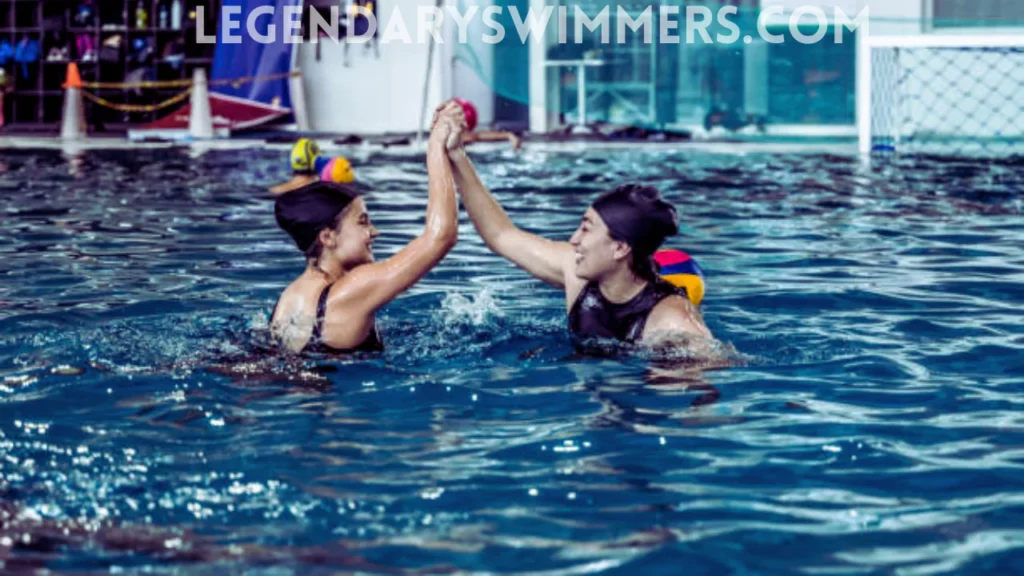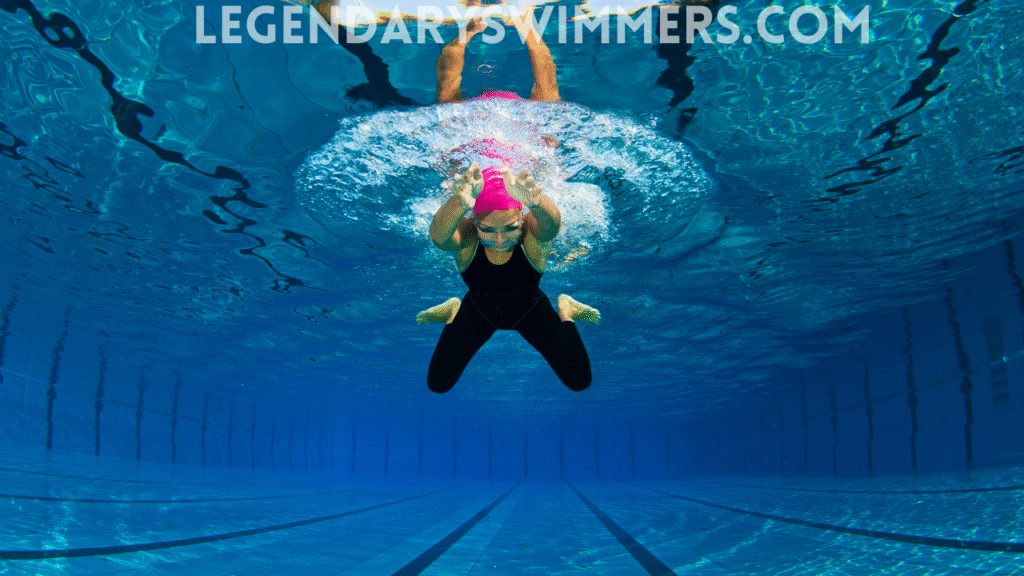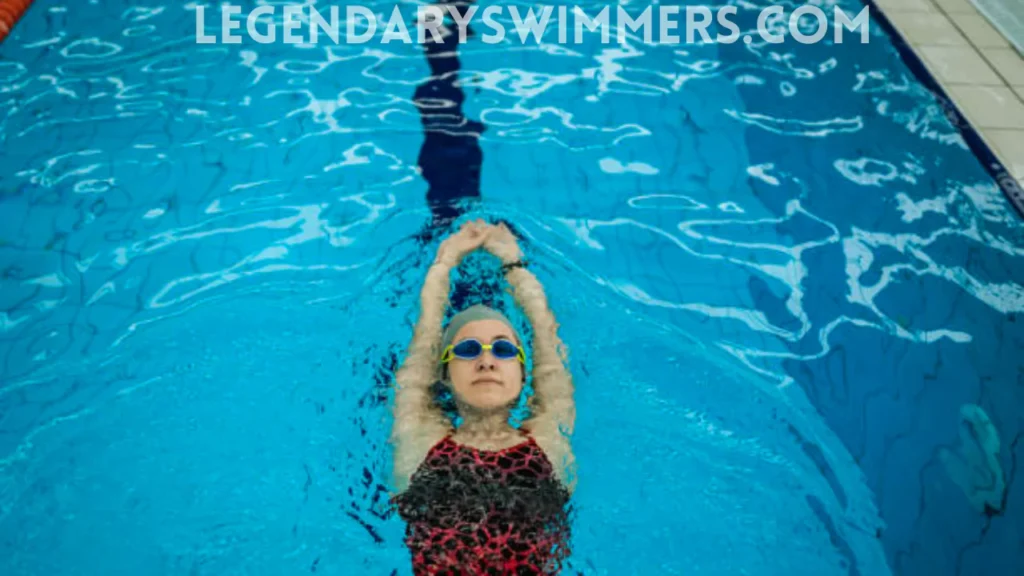
Can You Swim with Shingles? Risks, Safety & Expert Tips
- Updated:
Swimming is a refreshing activity many enjoy, but if you’re dealing with shingles, you might wonder whether it’s safe to take a dip. This article explores whether you can swim with shingles, the risks involved, and expert advice on managing the condition to protect yourself and others.
What Is Shingles?
Shingles, medically known as herpes zoster, is a viral infection caused by the reactivation of the varicella-zoster virus (VZV). This is the same virus responsible for chickenpox. Once you recover from chickenpox, the virus remains dormant in your nervous system and can reactivate later in life as shingles.
Who Is at Risk?
- People over 50 years old.
- Individuals with weakened immune systems (due to conditions like cancer, HIV, or medications such as steroids).
- Those experiencing high levels of stress.
- Anyone who has had chickenpox before.
Symptoms of Shingles
- Painful rash, often on one side of the body.
- Fluid-filled blisters that eventually scab over.
- Fever, headache, and fatigue in some cases.
Shingles isn’t directly contagious, but the fluid from its blisters can spread the virus to those who’ve never had chickenpox or received the vaccine.
Can You Swim with Shingles?
The short answer is no. Swimming with shingles, especially in public pools or natural water bodies, poses risks to both yourself and others.
Why Should You Avoid Swimming?
- Risk of Transmission
The varicella-zoster virus can spread through direct contact with the fluid from shingles blisters. Swimming in communal areas increases the likelihood of others coming into contact with the virus. - Skin Irritation
Chlorinated water or salt water can irritate the open blisters, worsening your symptoms and delaying healing. - Contamination
While chlorine kills bacteria, it doesn’t eliminate viruses like VZV. This means the virus can potentially linger in pool water, putting others at risk.
When Is It Safe to Swim Again?
Experts recommend waiting until all your blisters have dried out and scabbed over. This usually takes 7–10 days from the onset of symptoms. Even then, ensure you:
- Cover all affected areas.
- Avoid sharing towels or personal items.
- Keep distance from vulnerable populations (e.g., pregnant women, newborns, and immunocompromised individuals).
According to U.S. Masters Swimming, Swimmers should avoid the pool during the blister phase of shingles. Once blisters have dried, returning to swimming is generally safe.
Does Chlorine Kill the Shingles Virus?
A common misconception is that chlorine can kill the virus causing shingles. However, while chlorine is effective against bacteria, it has limited efficacy against viruses like VZV. This is why swimming in chlorinated pools isn’t a safe option during an active shingles outbreak.
Managing Shingles: Rest or Stay Active?
If your symptoms allow, light activity is fine, but you must avoid public places where others could be exposed to the virus. Focus on:
- Covering your rash with breathable clothing.
- Staying hydrated and maintaining good nutrition.
- Using antiviral medications prescribed by your doctor to speed up recovery.
Treatment and Relief for Shingles
Although there’s no cure for shingles, several remedies can help ease discomfort and promote healing:
- Healing Baths: Soak in lukewarm water with oatmeal or cornstarch to reduce itchiness and irritation.
- Soothing Lotions: Apply calamine lotion or capsaicin-based creams to relieve pain and itching.
- Pain Management: Over-the-counter pain relievers like ibuprofen can help reduce inflammation and discomfort.
- Antiviral Medications: Consult your doctor for antiviral drugs like acyclovir, which can shorten the duration of the outbreak.
How to Prevent Shingles
Vaccination
The best way to prevent shingles is by getting vaccinated. The CDC recommends the shingles vaccine for adults over 50, which significantly reduces the risk of developing shingles and its associated complications.
Lifestyle Tips
- Manage stress levels through meditation or exercise.
- Eat a balanced diet to support immune health.
- Avoid direct contact with individuals who haven’t had chickenpox or the vaccine during an active outbreak.
Swimming Products to Support Your Return
Once you’ve fully recovered, getting back into the pool safely is essential. Equip yourself with high-quality swimming gear to enhance your experience:
 Speedo Unisex-Adult Swim Cap Silicone Elastomeric
Speedo Unisex-Adult Swim Cap Silicone Elastomeric
 New Aqua Water Fitness Body Sculpt Dumbbells
New Aqua Water Fitness Body Sculpt Dumbbells
 Speedo Women’s Swimsuit One Piece Prolt
Speedo Women’s Swimsuit One Piece Prolt
FAQs
1. Can you go swimming if you have shingles?
No, swimming is not recommended if you have shingles, especially in public pools, as the fluid from blisters can spread the varicella-zoster virus to others.
2. Are shingles contagious in swimming pools?
Shingles itself is not contagious, but the fluid from its blisters can spread the virus to those who haven’t had chickenpox or the chickenpox vaccine.
3. When can you start swimming after shingles?
You can return to swimming once all shingles blisters have completely dried and scabbed over, typically after 7–10 days.
4. Does chlorine in pools kill the shingles virus?
No, chlorine effectively kills bacteria but does not kill viruses like the varicella-zoster virus that causes shingles.
5. Can I swim in the ocean or a lake with shingles?
It’s best to avoid swimming in natural water bodies with shingles. Open blisters can irritate your skin and pose a risk to others who may come into contact with the virus.
6. What precautions should I take after returning to swimming post-shingles?
Ensure all blisters have dried, avoid sharing towels, and keep distance from vulnerable groups, such as pregnant women and immunocompromised individuals.
7. Can shingles worsen by swimming?
Yes, exposure to chlorinated or salty water can irritate open blisters, delay healing, and increase discomfort.
8. How long does it take for shingles blisters to heal?
Shingles blisters usually dry out and scab over within 7–10 days, but complete healing may take up to 4 weeks.
9. Can I exercise in water with shingles?
Avoid water-based activities during an active shingles outbreak to prevent irritation and the risk of spreading the virus.
10. How can I speed up shingles recovery?
Use antiviral medications, soothing lotions, healing baths, and maintain good hygiene. Always consult your doctor for the best treatment plan.
Conclusion
Swimming is a great way to stay active, but if you have shingles, it’s best to prioritize your health and the safety of others by avoiding public pools until you’ve fully healed. Follow the recommended precautions, consult your doctor, and invest in quality swimming gear to make your return to the pool enjoyable and safe.
For more swimming tips and premium products, visit LegendarySwimmers.com. Take the first step toward a healthier, safer, and more enjoyable swimming journey today!
References

Natasha Nicole Leyva
Hi, I’m Natasha—swimmer, coach, and aquatic fitness enthusiast. My journey began in New Zealand after a professor recommended swimming to help with a knee injury. The low-impact nature of swimming worked wonders, and it quickly became my favorite form of exercise. This passion grew into a thriving swim academy, and soon, requests for aquatic fitness classes started pouring in. After becoming certified, I realized how powerful water workouts could be for recovery and fitness. Now, I share my expertise here to help others experience the benefits of aquatic movement—whether for recovery, fitness, or fun!

